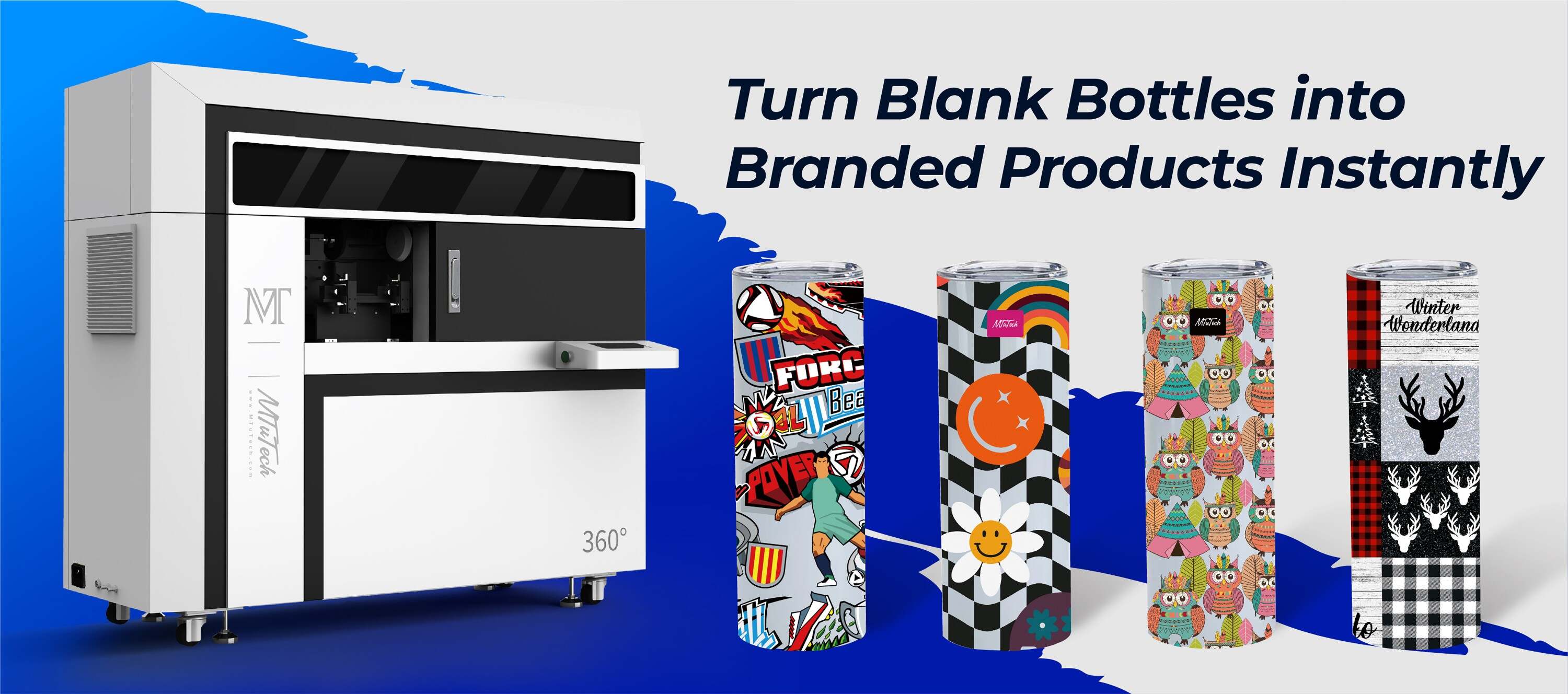Smart Cylinder Packaging: UV Printing Meets IoT Integration
Introduction
As the packaging industry continues to evolve, the integration of advanced technologies has paved the way for innovative solutions. One such advancement is the combination of UV printing technology with IoT integration in smart cylinder packaging. This innovation not only enhances the aesthetics of packaging but also improves functionality, traceability, and consumer engagement.
This blog explores the synergy between smart cylinder packaging, UV printing, and IoT integration, highlighting their benefits, features, and the future of packaging solutions.
The Rise of Smart Cylinder Packaging
Smart cylinder packaging refers to packaging solutions that leverage digital technologies to provide enhanced features and capabilities. As consumer preferences shift towards sustainability and personalization, companies are adopting innovative packaging solutions that cater to these trends.
What is UV Printing?
UV printing is a modern printing process that uses ultraviolet light to cure or dry ink as it is printed. This technique enables high-quality prints with vibrant colors and sharp details. It is particularly effective for cylinder packaging, as it allows for seamless designs and can accommodate various materials, including metal, plastic, and glass.
Understanding IoT Integration
The Internet of Things (IoT) refers to the interconnection of everyday objects and devices over the internet, allowing them to send and receive data. In the context of packaging, IoT integration can provide valuable insights into product tracking, inventory management, and consumer behavior.
Benefits of Smart Cylinder Packaging
The combination of UV printing and IoT technology in smart cylinder packaging offers numerous benefits:
·
Enhanced Aesthetics: UV printing provides vibrant colors and intricate designs, making products more visually appealing.
·
·
Durability: The UV curing process creates a resistant layer, ensuring that the packaging withstands environmental factors such as moisture and UV exposure.
·
·
Customization: Brands can leverage UV printing to create personalized packaging, catering to individual consumer preferences.
·
·
Real-time Tracking: IoT integration allows products to be tracked throughout the supply chain, providing transparency and accountability.
·
·
Consumer Engagement: Smart packaging can include QR codes or NFC chips, enabling interactive experiences for consumers.
·
Features of Smart Cylinder Packaging
1. Unique Design Capabilities
Smart cylinder packaging can incorporate unique design elements, such as embossed textures or metallic finishes, enhancing brand differentiation.
2. QR Codes and NFC Technology
Easily integrated into the packaging, QR codes and NFC chips allow consumers to access additional product information, promotional offers, and even manufacturing details, thus fostering brand loyalty.
3. Environmental Responsibility
With increased awareness of environmental issues, smart cylinder packaging can be designed using eco-friendly materials and inks, aligning with consumer values and enhancing brand reputation.
4. Advanced Analytics
By utilizing IoT technology, companies can gather and analyze data related to consumer interactions with packaging, helping refine marketing strategies and enhance product offerings.
Challenges and Considerations
While the advantages of smart cylinder packaging are notable, companies must also navigate certain challenges:
·
Cost: The implementation of advanced technologies, including UV printing and IoT integration, may involve higher upfront costs.
·
·
Technical Expertise: Companies may require specialized knowledge or skills to effectively implement and maintain these advanced packaging solutions.
·
·
Consumer Privacy: As data collection becomes integral to smart packaging, ensuring consumer privacy and data security is essential.
·
The Future of Smart Cylinder Packaging
As technology continues to advance, we can expect further innovations in smart cylinder packaging. Here are several trends shaping its future:
·
Sustainability: Companies will increasingly focus on sustainable materials and processes, reducing their environmental footprint.
·
·
Personalization: Customization will enhance consumer connection, with brands tailoring packaging experiences to individual preferences.
·
·
Enhanced Digital Interaction: Continued advancements in IoT will lead to more interactive packaging solutions, engaging consumers like never before.
·
Conclusion
Smart cylinder packaging represents a significant shift in the packaging industry, merging UV printing technology with IoT integration to create innovative, functional, and engaging solutions. As businesses embrace these trends, they can enhance product presentation, improve supply chain management, and foster deeper connections with consumers.
For companies looking to stay ahead in this competitive landscape, investing in advanced cylinder UV printers is a crucial step. Explore our high-quality Cylinder UV printers here and discover how to transform your packaging solutions today.
FAQ
What is the difference between UV printing and traditional printing methods?
UV printing utilizes ultraviolet light to cure the ink, resulting in faster drying times and sharper print quality. Traditional printing methods, like water-based or solvent inks, rely on evaporation, which can lead to longer drying times and less vibrant colors.
How does IoT integration improve packaging solutions?
IoT integration enables real-time monitoring and tracking of products throughout the supply chain, providing valuable data for inventory management and enhancing transparency in the distribution process.
Are there any environmental benefits to using smart cylinder packaging?
Yes, smart cylinder packaging can be created using eco-friendly materials and sustainable practices. Moreover, the durability of UV-printed packaging reduces waste by extending the life of the product.
What industries can benefit from smart cylinder packaging?
Smart cylinder packaging can benefit a wide range of industries, including food and beverage, cosmetics, pharmaceuticals, and consumer goods. Any sector that values branding, product quality, and consumer engagement can leverage these solutions.

